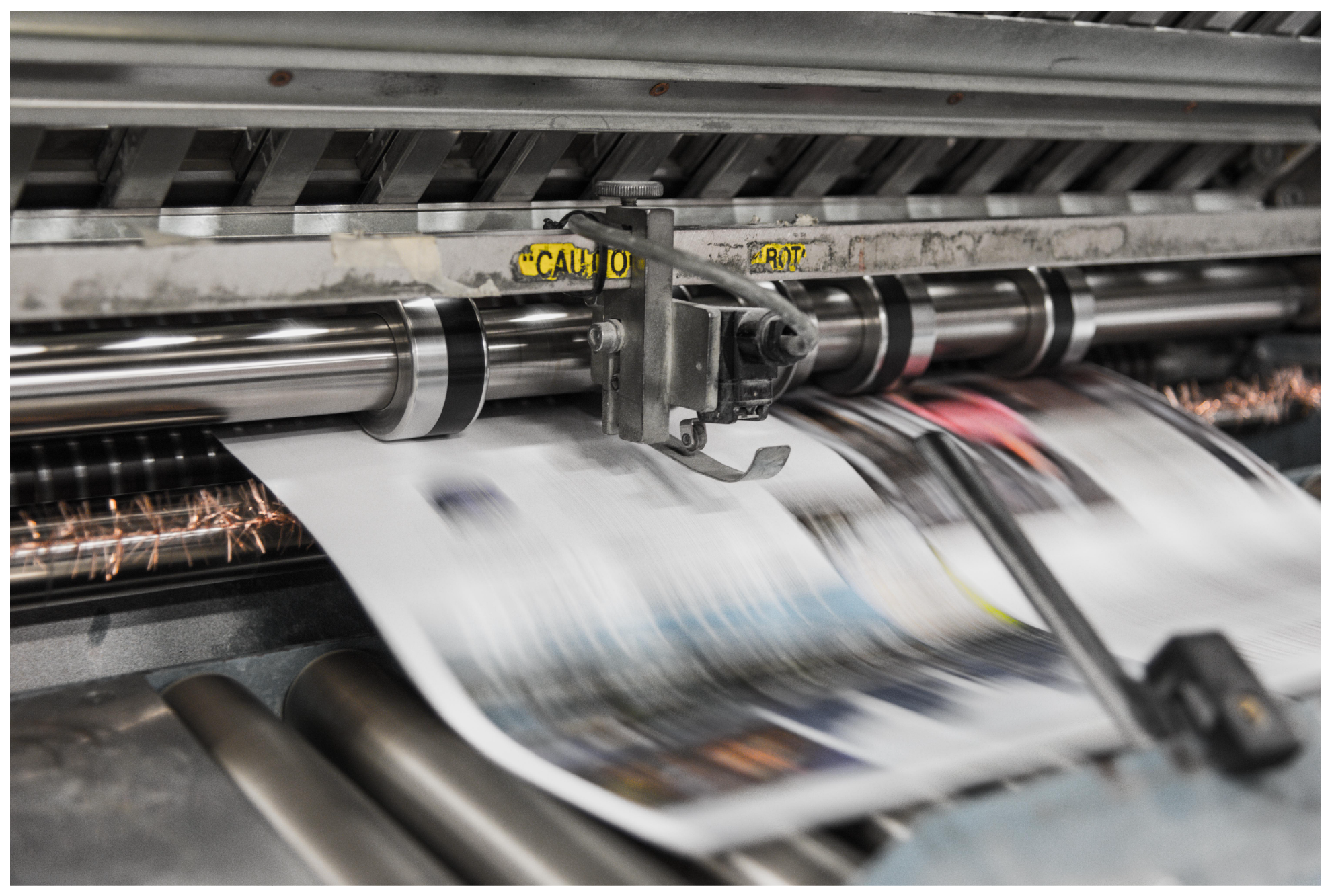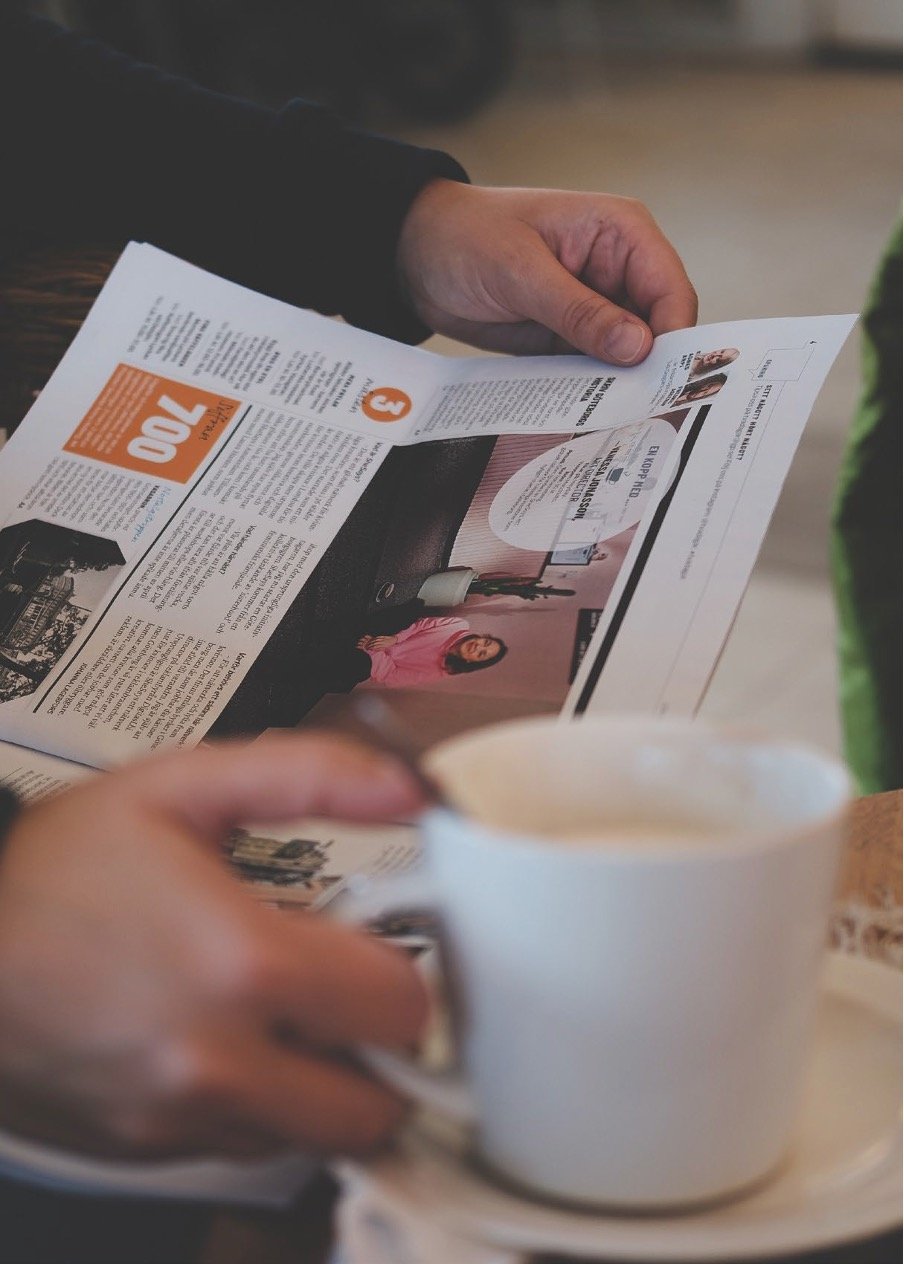
Embracing the tangible power of print
- by SCG Media - Business Insights Team
As the world gravitates towards an increasingly digital future and costs continue to soar, it’s no surprise the value of a printed magazine often appears to be one area where expenses can be cut. While these concerns may provide grounds for exploring cheaper digital alternatives, they can also serve..........
Read More
Molly Woppy and SCG: Partnering for Environmentally Friendly Packaging
- by Marcus Hawkins
Introduction: In today's world, where environmental sustainability is of utmost importance, businesses that prioritise eco-friendly practices stand out from the crowd. Molly Woppy, a renowned New Zealand-based cookie company, is a shining example of such a business. With a commitment to minimizing t..........
Read More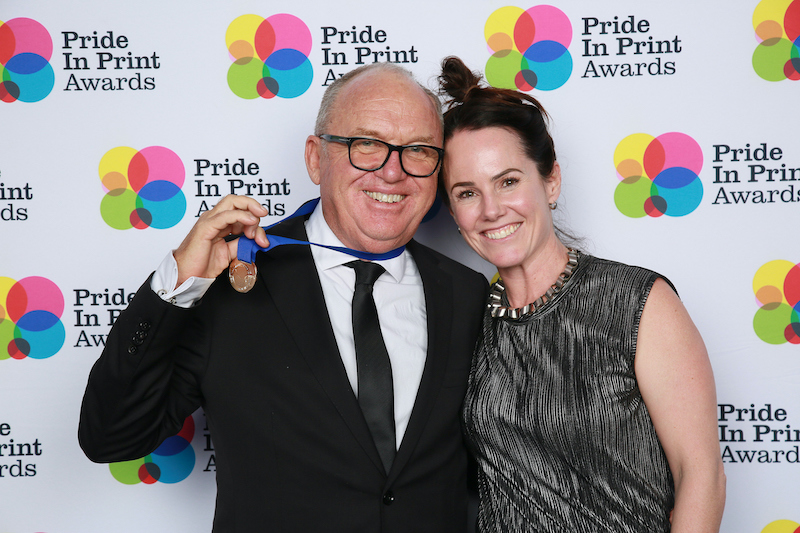
SCG bestowed with Sustainability Award
- by Bobbie Gray
A longstanding commitment to sustainability initiatives saw SCG bestowed with the coveted Sustainability Award at the 2022 Pride In Print Awards.
Read More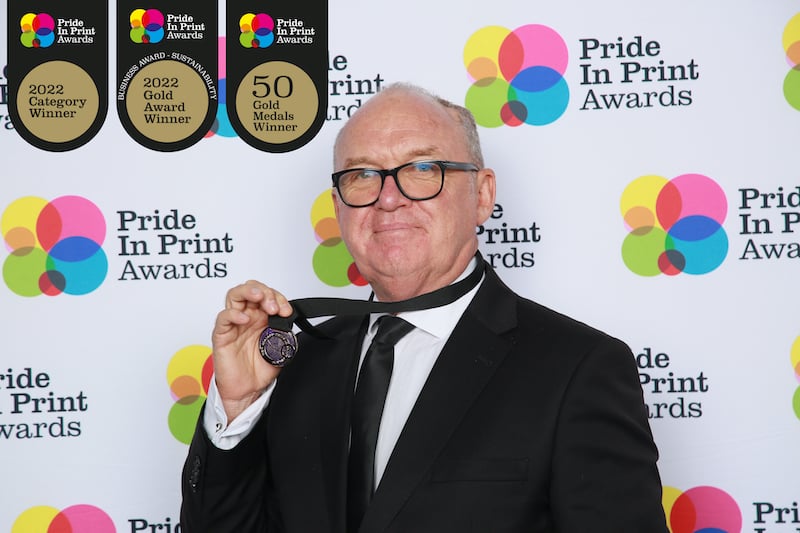
Award winning print
- by Bobbie Gray
On Friday the team celebrated excellence in our field at the 2022 Pride in Print Awards with the best in the industry from around the country. We netted 8 golds and 10 highly commended awards, including the prestigious business award for sustainability. We have also now reached a grand total of 50 P..........
Read More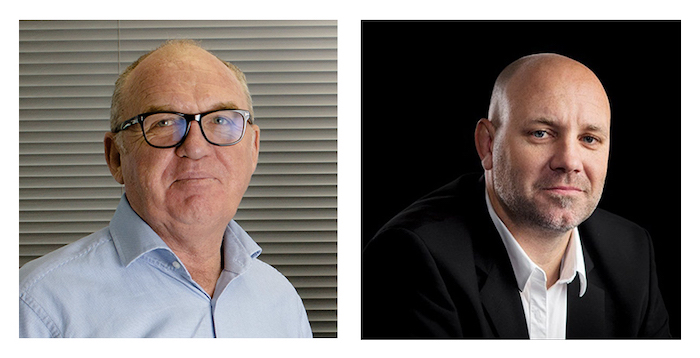
Soar Print and ICG have merged, creating Soar Communications Group (SCG)
- by Zephyr Brown
Soar Print and Image Centre Group (ICG) have merged into a new business The new business, Soar Communications Group (SCG) will draw on the print, logistics and packaging expertise of Soar Print combined with the creative, publishing and large format expertise of ICG. While servicing different client..........
Read More
The ICG 100 % project - going beyond normal range to protect our ICG whānau.
- by Zephyr Brown
As well as going beyond normal range with the Jabba buses ICG is committed to keeping all our whānau safe and is encouraging all staff working in our building to get the jab.
Read More
3 reasons why buyers might be choosing the other guy instead of you
- by Laura Lynn Johnston
Buyer personas have becoming hugely important in B2B marketing, and it’s understandable why: you need to know who your audience is before you can create content that’s useful for them.
Read More
Digital Data Measurement: It’s Not Rocket Surgery
- by Marcus Hawkins

Don’t be a Sith Lord about media.
- by Marcus Hawkins

Virtue Signalling: Which side are you on?
- by ICG
Is virtue signalling a smart way to demonstrate brand relevance, or a seriously risky business?
Read More